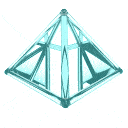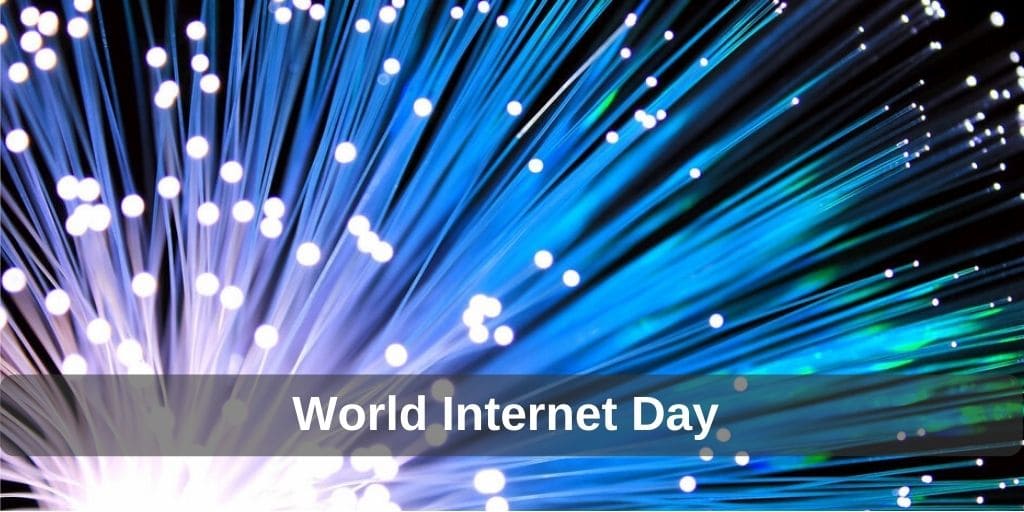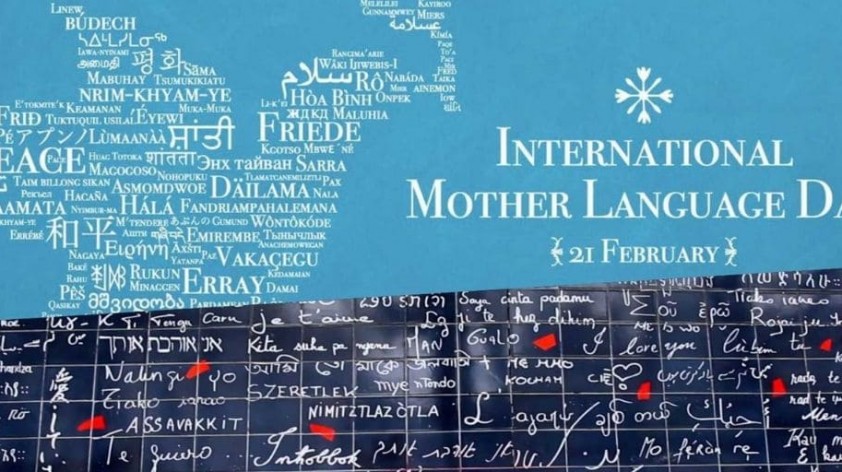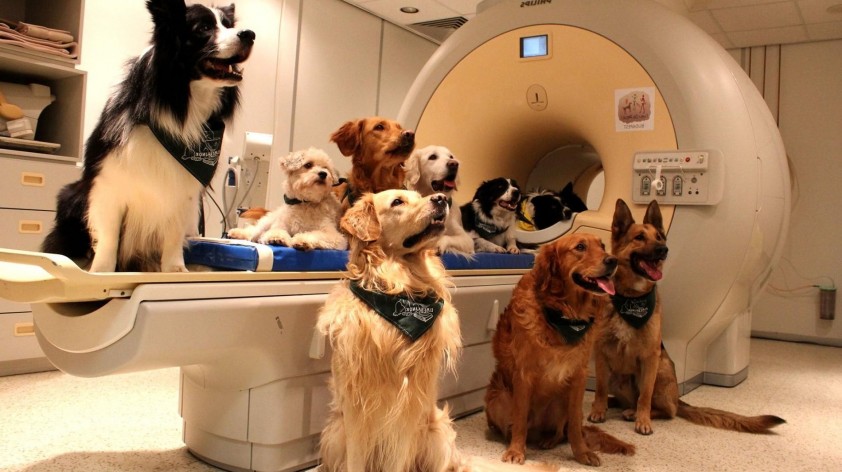On October 29th, we celebrate the most important invention in human history: the Internet.
In 1969, on that day the first Internet transmission ever had succeeded.
While the Internet may not have been possible without a million other monumental inventions that came before it, it’s hard to find any other invention with such a monumental impact on mankind, having changed our lives forever.
The Cambridge Dictionary tells us the Internet is “the large system of connected computers around the world that allows people to share information and communicate with each other”.
Let’s look here at the predecessor of the Internet, called ARPANET; how text, audio, and video messages are transmitted through the Internet; and how this transmission of information has changed the lives of billions around the world.
Today, about 4.2 billion people have access to a world of information never before seen.
Such an extraordinary level of connectedness has revolutionised everything from science and technology to commerce and romance, and virtually every aspect of our lives.
Of all the technological innovations in history, few have made as strong of an impact as the Internet.
Comprised by a global network of computers, the Internet allows for the transmission of information and connectivity at an unprecedented speed and scale.
Some of the first computer networks began in the 1950s and 60s. However, unlike today’s global network, these early networks were centralised within certain businesses and agencies.
It wasn’t until 1969 when centralised computer networks became connected.
Funded by the U.S. Department of Defence and developed by universities, this host-to-host network connection, called ARPANET (a direct ancestor of the Internet) was the first of its kind.
The network grew and, by the 1980s, incorporated networks at research institutions and other U.S. federal agencies, such as the National Science Foundation (or NSF). The NSF connected these disparate networks into a single large one, NSFNET, which shifted over from being a federally-run network to a commercial enterprise for internet service providers.
By the late 1990s, this shift – along with the rise of personal computers, the World Wide Web, and web browsers – allowed the general public to access the Internet for the very first time.
Today, computers, smartphones, televisions, video game consoles and other devices all tap into the network and transmit and receive data almost instantly.For example, by clicking ‘Send’ in messaging apps, text, audio, and video are converted into pieces of electronic data called “packets”.
These packets are then tagged with a port number and IP address. Much like the mailing address on an envelope, the port number and IP address direct the packets to a given destination on the Internet.
From there, the packets may travel over Wi-Fi, cellular data, or an ethernet or phone line; through a series of routers, modems, servers; then through fibre optic cables or satellites … and through a similar process in reverse to reach the packets’ destination.
Once the packets arrive, their data is reassembled into the text, video, or audio that was originally sent.
Since the days of the earliest computer networks, the Internet has undergone a tremendous transformation, while also transforming the world that created it.
From a closed-off network to one that covers the globe, the Internet provides access to information to every continent, connecting people and ideas like never before.
“The Web does not just connect machines, it connects people”, said Tim Berners-Lee, the “father” of the Internet, and as per Bill Gates “the Internet is becoming the town square for the global village of tomorrow”.
In 2011, the UN declared access to the Internet even a basic human right.
PS.: Have you looked up the first website (launched in August 1991) yet? Here is the link for you: http://info.cern.ch/hypertext/WWW/TheProject.html




